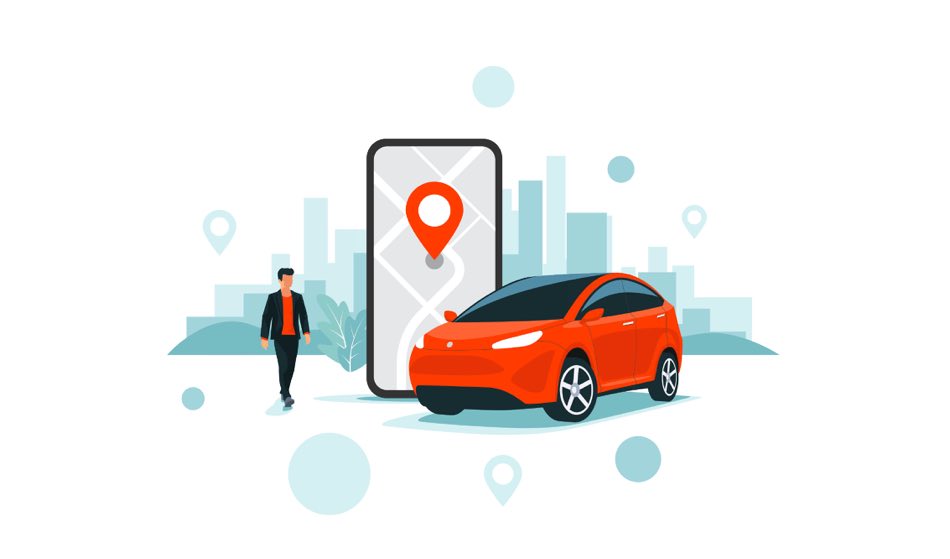Recently, someone asked me, “What’s the future of electric vehicles in five years?”. I had to take a moment to consider my response. Electric vehicles are among the most advanced, so this was a great question.
Electric vehicles have come a long way since the first inception of an electric vehicle in 1832; 2020 has seen electric vehicles spread in popularity and change in the automotive industry. While electric vehicles have made huge strides, they are still in their infancy, and there is still a lot of untapped potential.
Electric vehicles are now starting to see their price drop from the more expensive models early adopters flocked to more affordable economical models. As the prices of batteries decrease along with driving range and charging times decrease. The question is, what is next in the future of electric vehicles? I will review how I think electric vehicles will evolve within the United States.
Electric Vehicles Create Value but also have shortcomings
For electric vehicles to become more widespread and appeal to the general public, they must offer better value at a lower cost. This is similar to what happened in the camera industry when digital cameras became popular. Digital cameras provide high-quality images, instant processing, large storage capacity, and other new features like image stabilization at a lower cost. Electric vehicles will do the same, but they are still in the early stages of adoption. Currently, electric vehicles offer significant value for their owners as they eliminate the need for frequent trips to the gas station and instead allow for convenient charging at home, while shopping, or at work.
EV Charging Needs to get behind a common standard
The knock-on commercial charging right now that creates concern is unreliable EV charging. Outside of Tesla, the other charging networks suffer from EV charging issues ranging from slower to inoperable charging. Currently, three standards fragment EV charging, and the reach of a person’s network varies depending on their electric vehicle model. Once we have one common standard, electric vehicles can easily travel to become longer. Several manufacturers have gotten behind Tesla’s charging, which could become our common standard in the United States. Beyond having a common charging standard, charging times need to reach parity with gas refueling time. Right now, 18 minutes is the fastest time to recharge a battery, but EVs recharge somewhere between 30 minutes to under an hour. Expect batteries to have a longer driving range and faster charging times in the next five years.
Technology, Infotainment, and Software at the Forefront
One of the reasons for Tesla’s success is its approach. Tesla approaches making automobiles like that of a software company, and Teslas, in a sense, are like an iPhone on wheels. The Tesla is a highly integrated electric vehicle. Improvements, performance increases, and updates can be made through software.All of these changes can be made over the air wirelessly.
In one of my conversations with a former Mercedes marketing executive, he said Technology is the new luxury. What he meant was that a generation of people have grown up with smartphones and tablets, and technology has made their lives easier. Tesla took advantage of technology and made the infotainment the centerpiece of the electric vehicles. Streaming music, EV trip planning, streaming content like YouTube, Hulu, and Netflix, and video games. Anything you could imagine doing in within a smart home, you can do in your Tesla. Other manufacturers did not make vehicles like that, and Tesla got the technology piece right. The industry is now starting to think and bring software into their organizations.
Where do Electric Vehicles Go From Here
So, going back to the question of “What’s the future of electric vehicles in the next five years?” here is my answer. I believe integration is the key. If you think about current lives, revolve around smartphones that are digitally tied to your desktop, synchronized applications, and smart home devices that make our lives easier.
The EV is another smart device and, as of yet, has not fully integrated with user’s personal digital networks. Imagine receiving a notification that you left your stove on while driving to work and being able to verbally turn it off in the car. An assistant can make controlling and communicating with your other devices easier, saving you time and allowing you to complete tasks more efficiently. This is what’s in store for electric vehicles. I believe software and integrations will drive many of the advances, and the future brims with potential.
